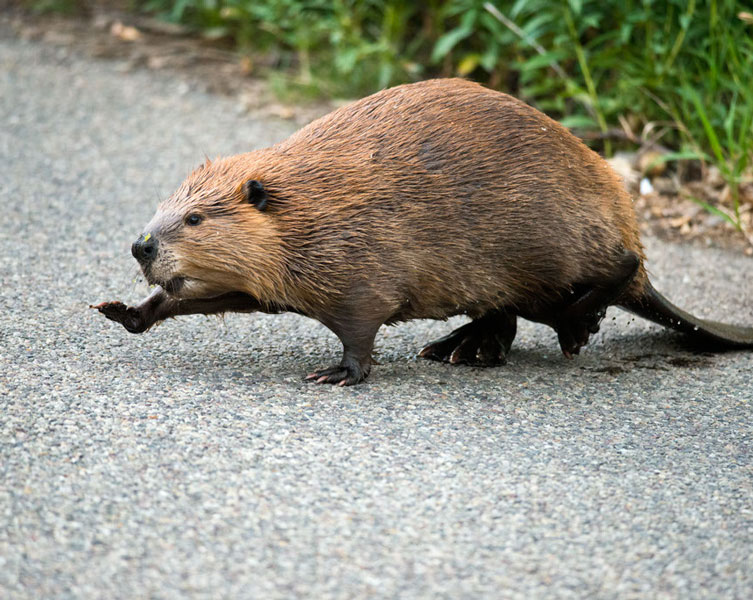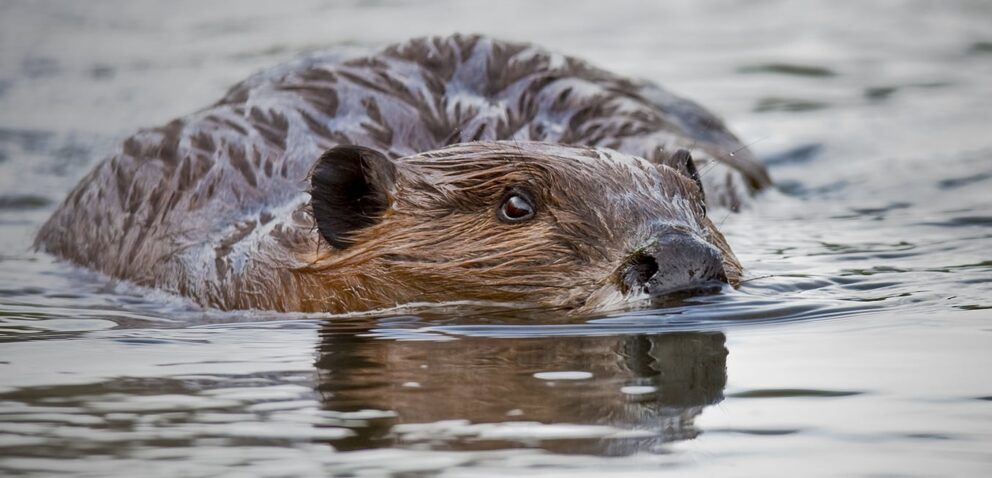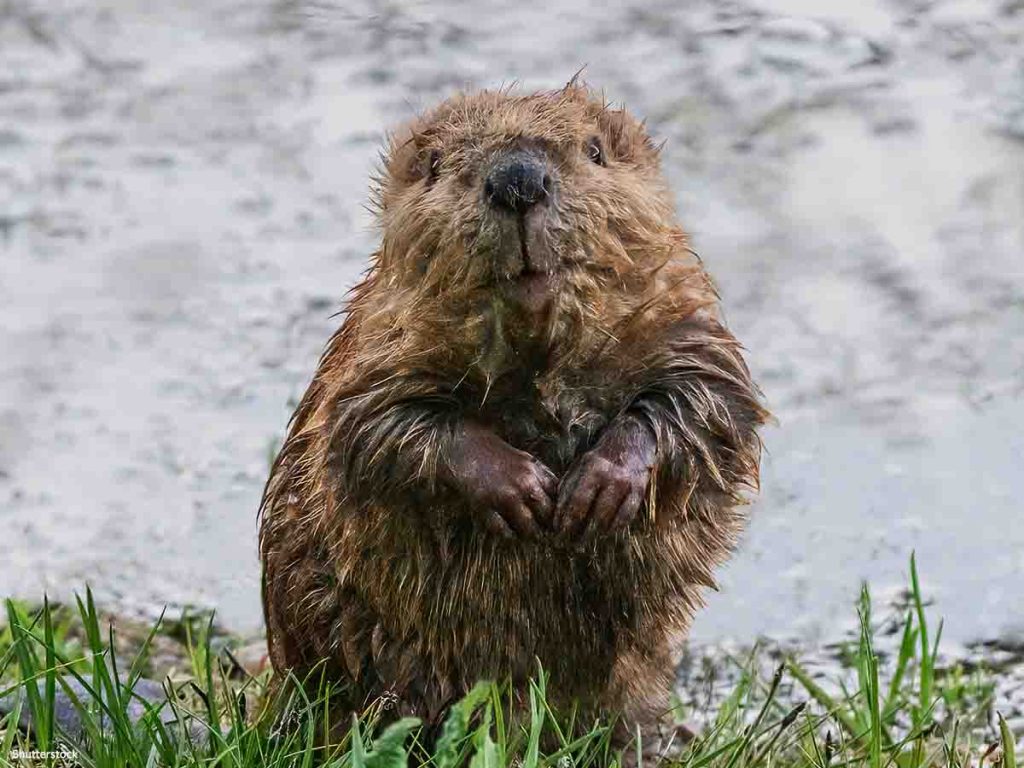
The lifespan of beavers, also known as Castor canadensis, can vary depending on several factors such as predation, habitat conditions, and disease prevalence. On average, beavers have a lifespan of around 10 to 15 years in the wild. However, there have been records of beavers living up to 20 years or more in captivity. In this article, we will explore the factors that influence the lifespan of beavers, their life cycle, and some interesting facts about these fascinating creatures.
The lifespan of beavers is influenced by various factors, including predation. One of the biggest threats to beavers is predation by other animals such as wolves, coyotes, bears, and large birds of prey. Young beavers, known as kits, are particularly vulnerable to predation. They are often targeted by predators due to their small size and lack of experience. In areas with high predator populations, the lifespan of beavers may be shorter due to increased predation pressure.
Habitat conditions can also impact the lifespan of beavers. Beavers are semi-aquatic mammals and rely on suitable aquatic habitats for their survival. They construct dams and lodges using logs, branches, and mud to create deep water ponds. These ponds provide protection from predators and access to an abundant food supply. Beavers are herbivorous and primarily feed on the bark, twigs, leaves, and roots of trees and shrubs. A well-maintained habitat with a diverse food supply can contribute to a longer lifespan for beavers. Conversely, habitat destruction or degradation due to human activities, such as deforestation or pollution, can have a negative impact on beaver populations and reduce their lifespan.
Disease prevalence is another factor that can affect the lifespan of beavers. Like all animals, beavers are susceptible to various diseases and parasites. For example, beavers can be infected with parasites such as ticks, fleas, and lice. They are also vulnerable to diseases such as tularemia, a bacterial infection, and giardiasis, a parasitic infection. High disease prevalence can weaken beavers and make them more susceptible to predation or other stressors. However, beavers have adapted immune systems that help them combat diseases to some extent. Healthy individuals with access to a balanced diet and clean water sources are often more resilient to infections and have a higher chance of living a longer life.

The life cycle of beavers is fascinating and contributes to their overall lifespan. Beavers typically breed once a year, usually in the winter or early spring. A mated pair of beavers will produce a litter of kits after a gestation period of approximately 105 to 107 days. The average litter size is usually between two to four kits, although larger litters of up to six or more kits have been documented. The kits are born fully furred with their eyes open and are capable of swimming within a few hours of birth. They rely on their parents for nourishment and protection during the early stages of their lives.
During their first year, beaver kits will stay with their parents and learn essential skills for survival. They begin to explore their surroundings and start to participate in activities such as dam-building and foraging for food. As they grow older, they become more independent and may disperse from their family unit to establish their own territories. This dispersal helps prevent inbreeding and contributes to the genetic diversity of beaver populations. Some beavers may disperse over long distances, while others may settle in nearby suitable habitats.
Once beavers reach sexual maturity, which is typically around two to three years of age, they will start seeking mates and establishing their own territories. Male beavers mark their territories with scent glands located near their anus, while females mark their territories with scent mounds near their lodges. Beavers are monogamous animals, and mated pairs will usually stay together for several years, raising multiple litters of offspring.
As beavers age, they may face various challenges that can impact their lifespan. Dental issues are common among older beavers due to the constant gnawing on trees and other vegetation. The wear and tear on their teeth can lead to dental decay or malocclusion, where the teeth do not align properly. These dental problems can affect their ability to feed and ultimately impact their overall health and lifespan.

In conclusion, the lifespan of beavers is influenced by several factors, including predation, habitat conditions, and disease prevalence. On average, beavers have a lifespan of 10 to 15 years in the wild, but can live longer in captivity. Predation, habitat destruction, and disease can all contribute to a shorter lifespan for beavers. However, healthy individuals with access to suitable habitats, diverse food sources, and clean water are more likely to live longer lives. Understanding the factors that influence the lifespan of beavers is crucial for conserving their populations and ensuring their continued existence in their natural habitats.